Welcome to the world of interior design, where every space holds the potential for transformation and visual enchantment. Whether you’re a homeowner looking to breathe new life into your living spaces or a design enthusiast eager to explore the art of creating captivating interiors, mastering the art of focal points is an essential skill.
The process of creating a focal point involves a delicate interplay of elements, from color and texture to lighting and furniture placement. By strategically choosing and highlighting a focal point, you have the power to transform any room into a visual masterpiece that leaves a lasting impression on all who enter.
Embark on a journey to unlock the magic of interior design by mastering the art of creating striking focal points in every room. Join me as I delve into the intricate details, expert tips, and creative strategies that will empower you to transform your living spaces into havens of beauty and inspiration. Let’s begin!
In This Post:
–Importance of a focal point in a room
–Understanding the concept of a focal point
–Choosing the right location for a focal point
–Incorporating colors and patterns
–Furniture placement and arrangement
–Accentuating with lighting
–Creating a focal point with art and decor
–Nature as a focal point
–Using mirrors and reflective surfaces
–The role of architecture and unique features
–Balancing multiple focal points
–DIY focal points on a budget
–Maintaining simplicity and avoiding clutter
–Evolving and changing focal points
–Creating a focal point with bold colors
–Creating a focal point with height
–Creating a focal point with oversize items
–Creating a focal point in the living room
–Creating a focal point in the family room
–Creating a focal point in the bedroom
–Creating a focal point in the foyer
–Creating a focal point in the kitchen
–Mistakes to void when creating a focal point
–Conclusion
–FAQs
Importance of a Focal Point in a Room
When designing or redecorating a room, it’s crucial to create a focal point that captures attention and sets the tone for the space. A focal point acts as the anchor, drawing the eye and providing a sense of visual interest and harmony.
Whether it’s a living room, bedroom, or office, a well-designed focal point can elevate the overall ambiance and create a captivating atmosphere. In this article, we will explore some of the best pro tips to create a focal point that enhances the aesthetics and functionality of any room.
“If you are looking for a way to style your space with wall art without breaking your piggy bank, then I recommend reading “10 Surprising Benefits of Printable Wall Art”
Understanding the Concept of a Focal Point
Before diving into the specifics, let’s understand what exactly a focal point is. A focal point is a central area or element in a room that instantly grabs attention.
It serves as the visual center, highlighting the room’s best features and creating a sense of balance. By establishing a focal point, you provide a sense of direction and purpose to the space, making it more inviting and appealing.
Choosing the Right Location for a Focal Point
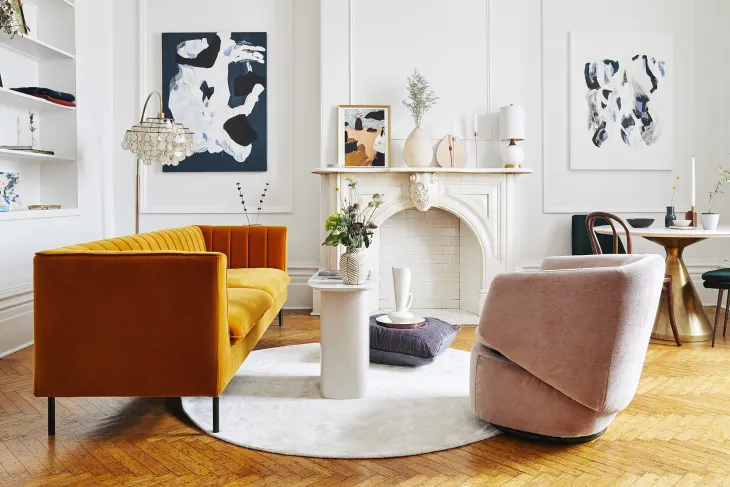
To create an effective focal point, you need to carefully consider the room’s layout and purpose. Begin by assessing the room and identifying potential areas that can serve as a focal point.
This can be a fireplace, a large window with a scenic view, or even a stunning piece of furniture. Determine which location would best suit the room’s function and ensure that it aligns with the overall design theme.
Incorporating Colors and Patterns
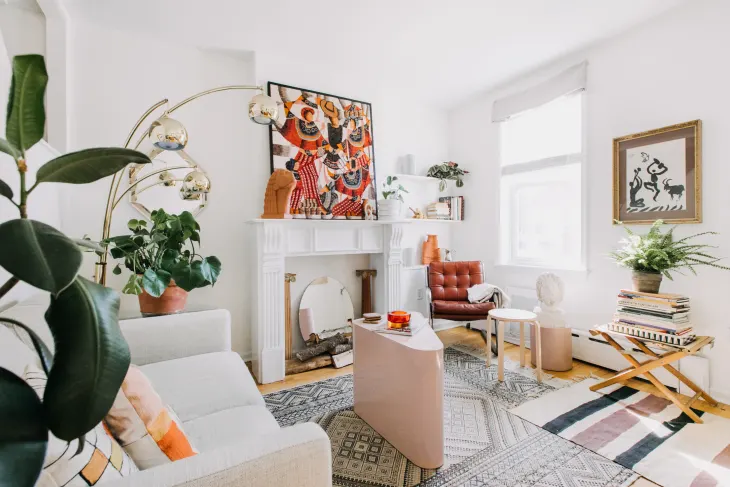
One of the most powerful ways to create a focal point is through the use of colors and patterns. By incorporating contrasting colors, you can instantly draw attention to the focal area.
For example, if your room has a neutral color scheme, a bold accent wall can become a striking focal point. Similarly, integrating patterns and textures through statement furniture or decorative pieces can add depth and visual interest.
Furniture Placement and Arrangement
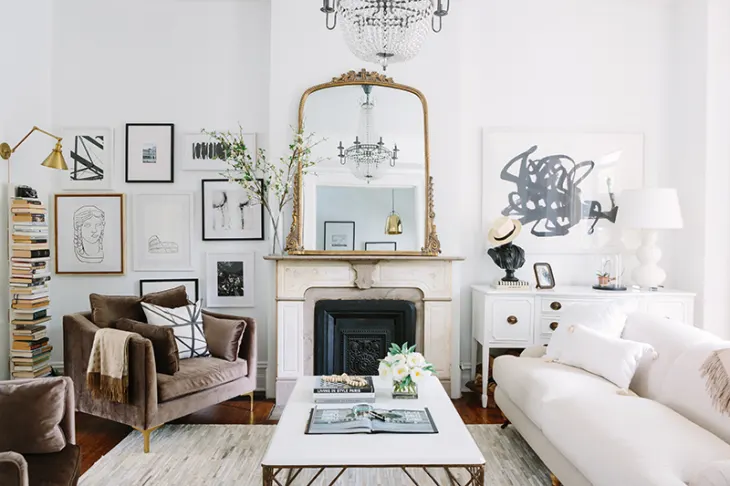
The placement and arrangement of furniture play a crucial role in establishing a focal point. Position your furniture in a way that directs attention toward the central area.
For instance, in a living room, you can arrange the seating around a coffee table or a fireplace, creating a cozy conversation area that naturally becomes the focal point. Ensure that the furniture arrangement maintains balance and harmony throughout the room.
Accentuating with Lighting
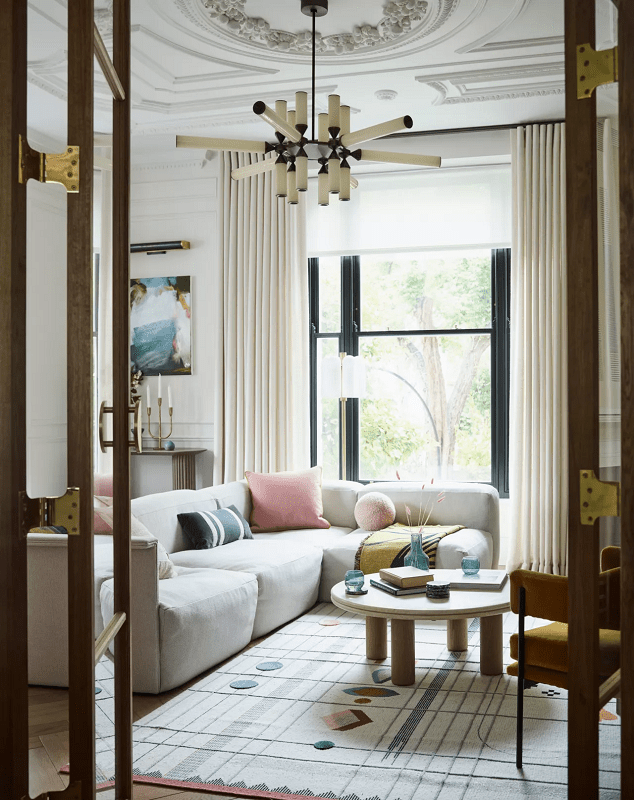
Lighting is an essential element in creating a focal point. Strategically placed lighting fixtures can draw attention to the central area, highlighting its features. Use track lighting, pendant lights, or spotlights to illuminate the focal point.
Experiment with different lighting techniques, such as uplighting or wall sconces, to create the desired ambiance and emphasize the focal area’s importance.
Creating a Focal Point with Art and Decor
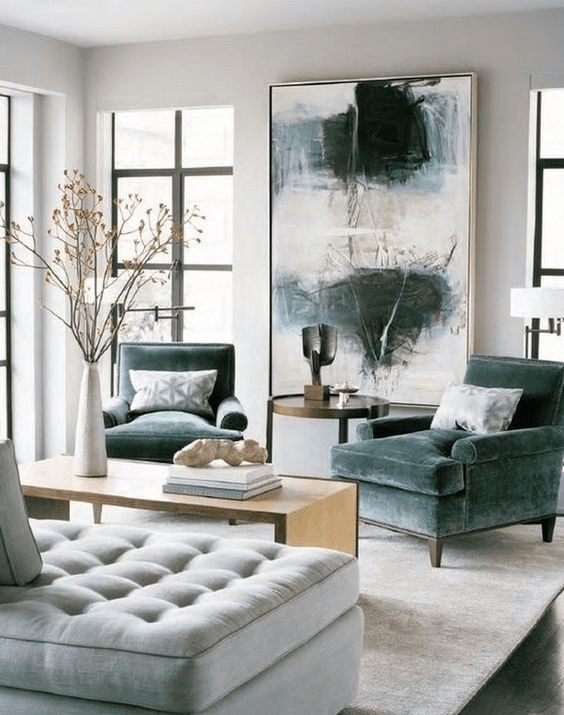
Artwork and decorative pieces can act as captivating focal points in a room. Hang a large painting or create a gallery wall to make a statement.
Sculptures, unique vases, or eye-catching decor items can also become the centerpiece of a room. Select pieces that complement the overall theme and color scheme while commanding attention.
Nature as a Focal Point
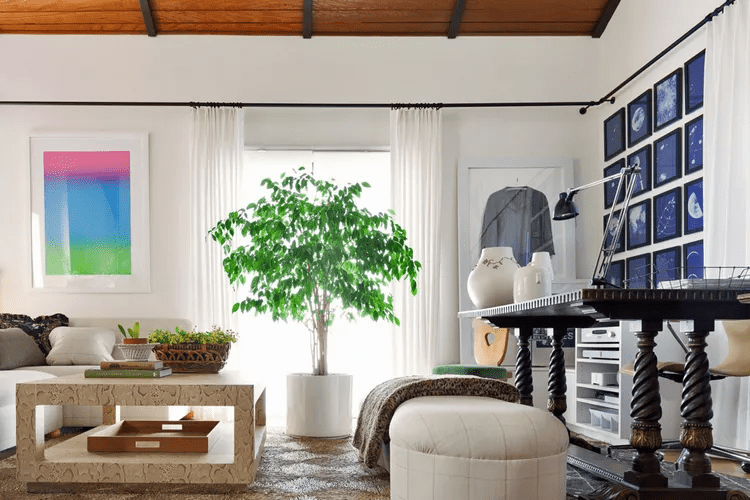
Bringing elements of nature into a room can create a calming and refreshing focal point. Large indoor plants or a cluster of smaller potted plants can become the center of attention, adding a touch of greenery and natural beauty. Consider the lighting and placement to ensure that the plants thrive and enhance the overall atmosphere.
Using Mirrors and Reflective Surfaces
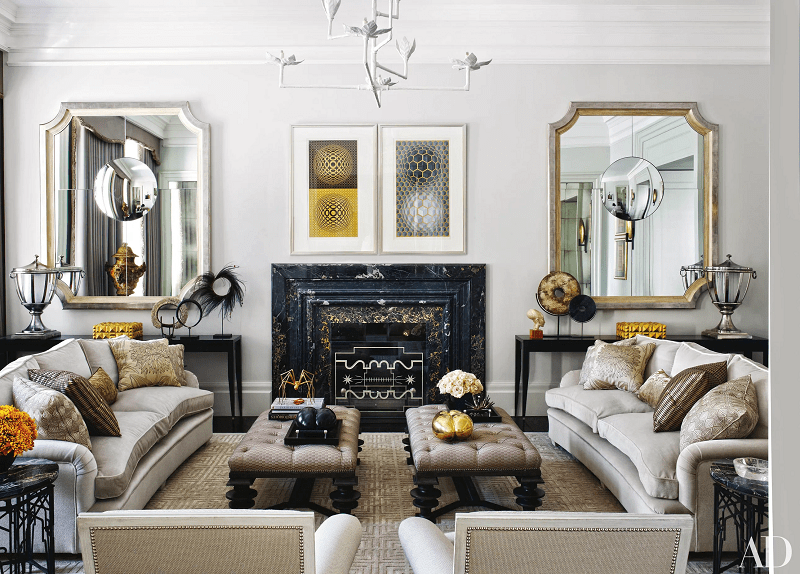
Mirrors and reflective surfaces are excellent tools to create the illusion of space and light, making them ideal for establishing a focal point.
By strategically placing mirrors across from a visually appealing area, you can reflect and emphasize the focal point. Additionally, mirrors can enhance the perception of depth and add a touch of elegance to the room.
The Role of Architecture and Unique Features
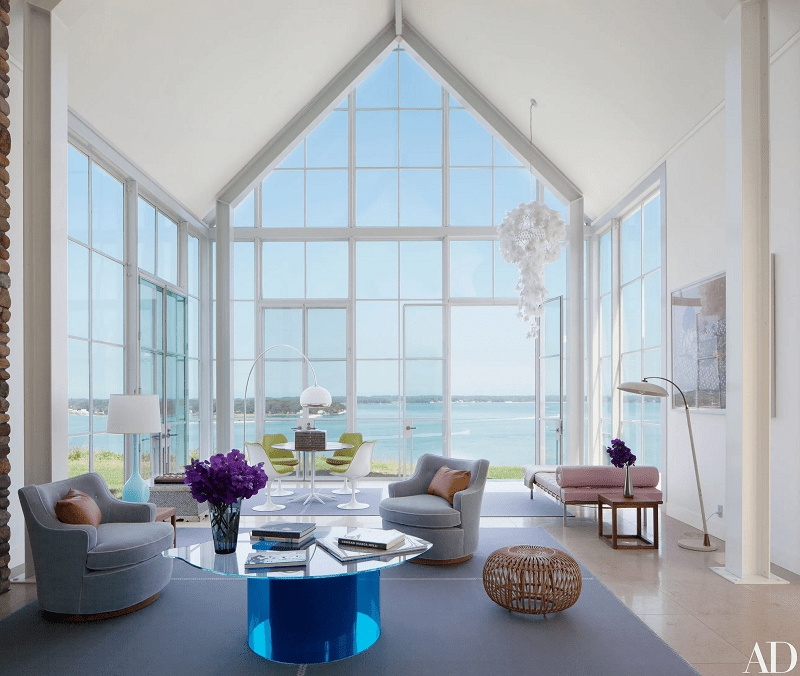
If your room boasts architectural elements or unique features, capitalize on them to create a captivating focal point. Highlight exposed brick walls, ornate moldings, or grand windows by framing them and drawing attention to their beauty.
These inherent features can become the room’s defining focal points, infusing character and charm into the space.
Balancing Multiple Focal Points
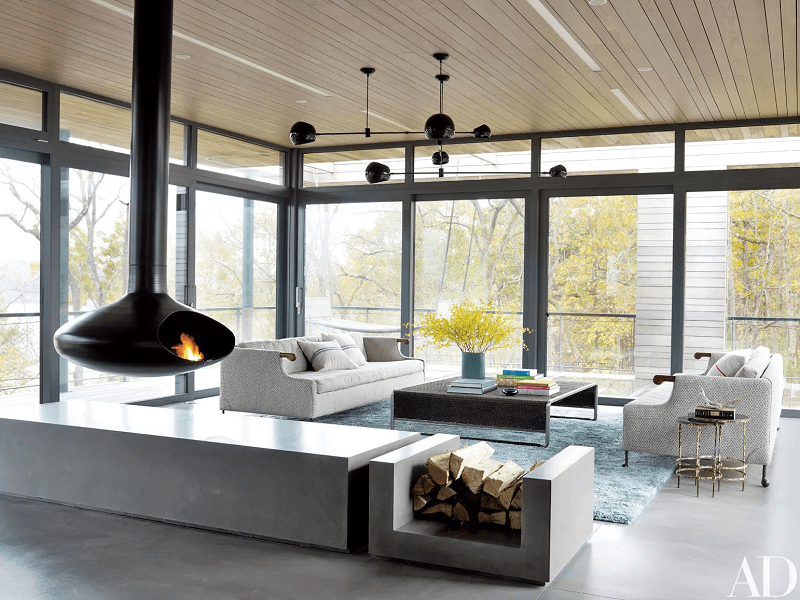
In some cases, a room may have multiple focal points, such as a stunning view and a fireplace. It’s essential to establish a hierarchy and maintain harmony among these focal areas.
Determine which focal point should take precedence and arrange the furniture and decor elements accordingly. By creating a cohesive design, you can ensure that each focal point enhances the overall visual impact of the room.
DIY Focal Points on a Budget
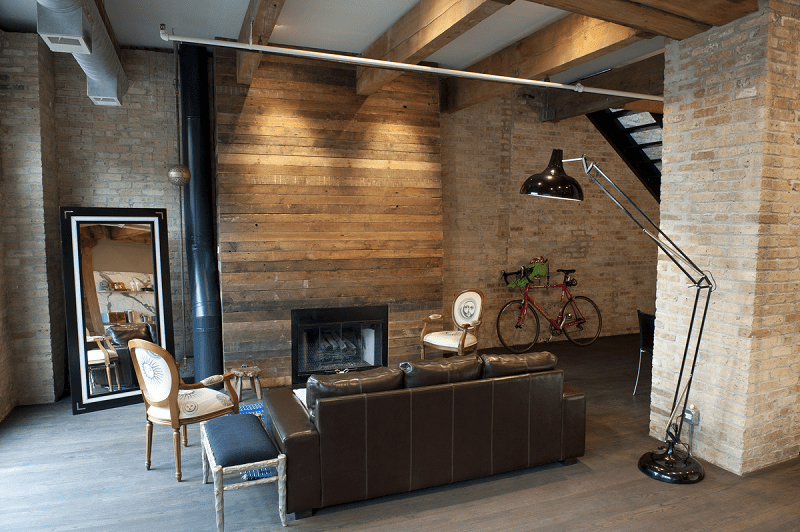
Creating a focal point doesn’t always have to be expensive. There are numerous budget-friendly DIY ideas that can transform a room. Repurpose old items, such as vintage frames or salvaged wood, to create unique focal points.
Upcycle existing furniture or decor pieces by giving them a fresh coat of paint or adding decorative accents. Let your creativity flow and discover affordable ways to make a statement in your room.
Maintaining Simplicity and Avoiding Clutter
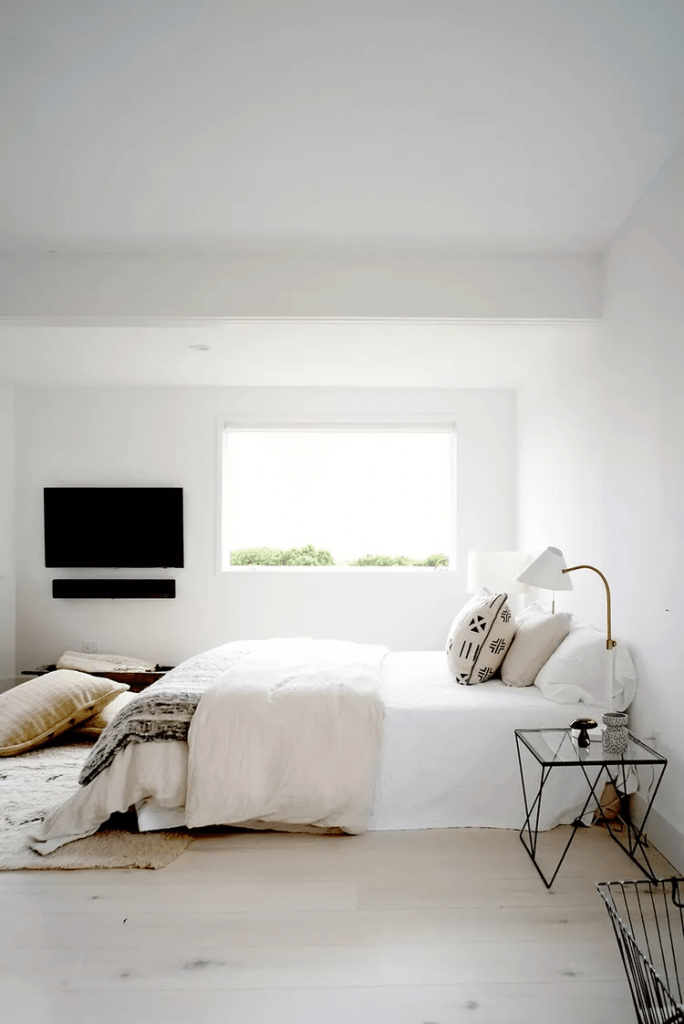
While it’s essential to create a visually appealing focal point, it’s equally important to avoid overwhelming the space with excessive elements. Maintain simplicity and ensure that the focal point remains the center of attention.
Minimize clutter and unnecessary distractions that can divert the eye from the intended focal area. Remember, less is often more when it comes to creating a powerful visual impact.
Evolving and Changing Focal Points
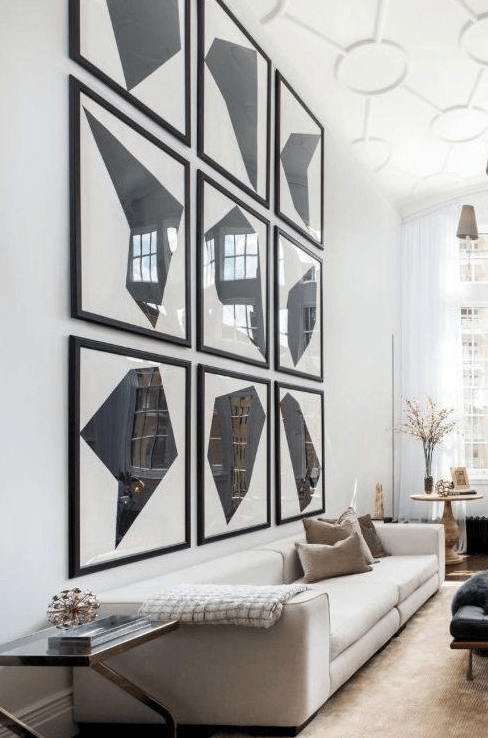
As your taste and preferences evolve over time, you may feel the need to change the focal point in your room. Don’t be afraid to experiment and explore different options.
Swap out artwork, rearrange furniture, or introduce new decorative pieces to create a fresh focal point. Adapting the focal area to your evolving style ensures that your room always feels dynamic and reflects your personality.
Creating a Focal Point with Bold Colors
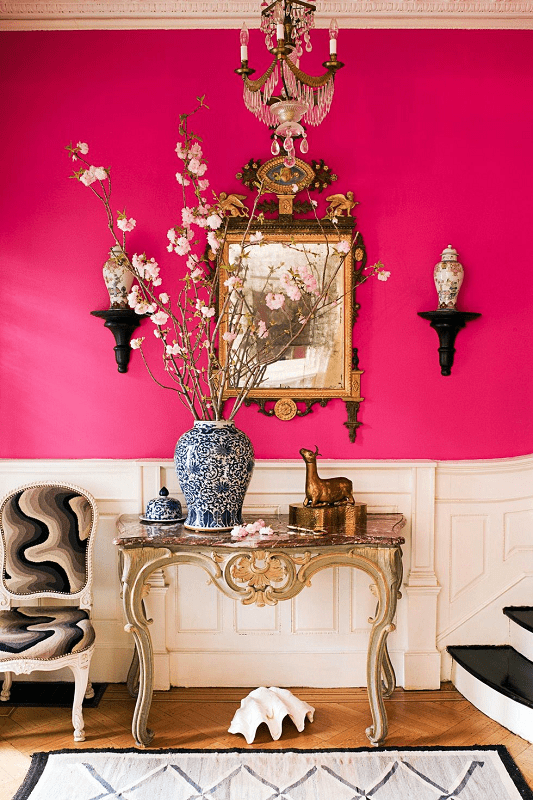
Bold colors have the power to instantly captivate the eye and infuse a room with energy and personality. Incorporating bold colors into your focal point can create a visual impact that leaves a lasting impression. One effective way to utilize bold colors is by selecting a vibrant, eye-catching piece of furniture or decor item as the focal point.
For example, a bold red sofa in a neutral-toned living room instantly becomes the centerpiece that demands attention. Pair it with complementary accessories and accents to create a cohesive and striking focal point. Additionally, you can create a focal point with bold colors by using a contrasting color on an accent wall.
Painting a wall in a deep navy blue or an intense emerald green instantly draws the eye, creating a powerful and visually stunning focal point. Remember to balance the boldness of the color with the overall design scheme to ensure harmony and coherence within the space.
Creating a Focal Point with Height
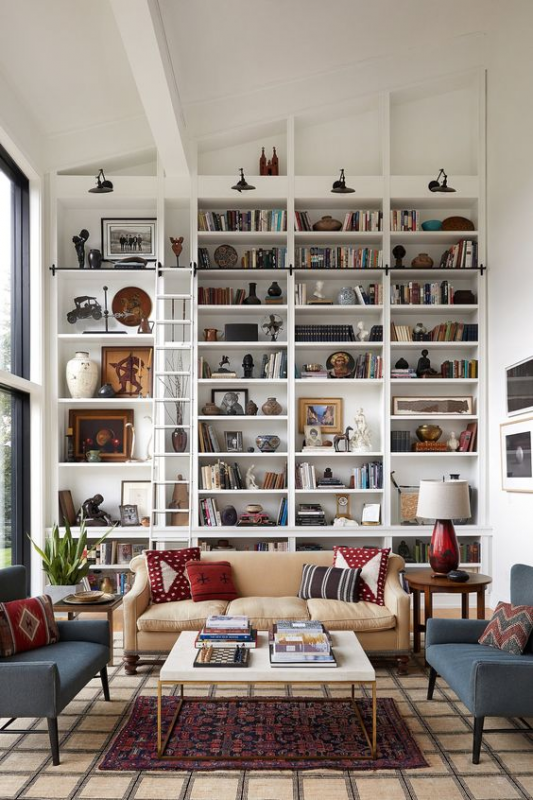
Utilizing height is an effective way to create a focal point that commands attention and adds a sense of grandeur to the room. One approach is to incorporate tall elements, such as floor-to-ceiling bookshelves or a towering piece of artwork. These vertical elements naturally draw the eye upward, creating a sense of drama and visual interest.
Another way to create a focal point with height is by utilizing vertical lines and patterns. For example, a striped accent wall or a series of pendant lights hanging at different heights can create a dynamic and eye-catching focal point. Remember to consider the scale and proportion of the room to ensure that the tall elements harmonize with the overall space and do not overwhelm the surroundings.
Creating a Focal Point with Oversize Items
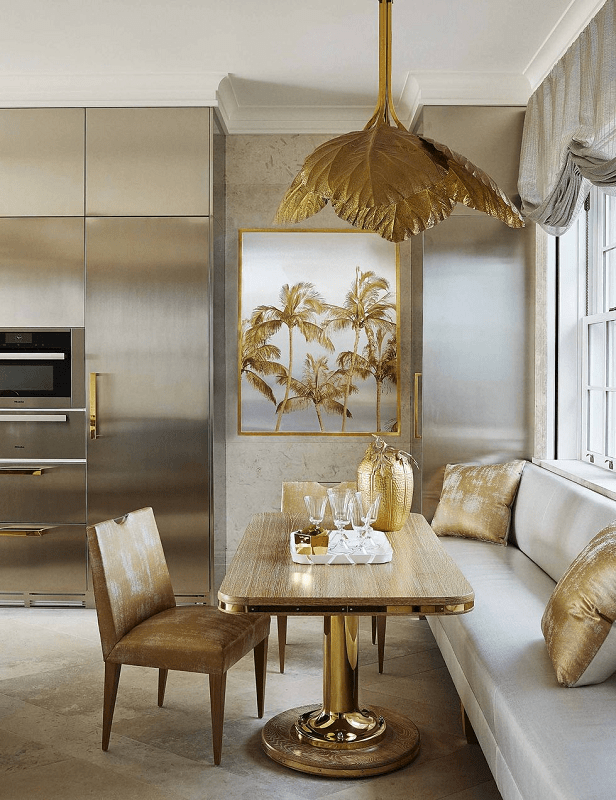
Oversize items have a captivating presence that instantly grabs attention and becomes a focal point in any room. Incorporating an oversize item, such as a large statement artwork or an oversized mirror, can create a bold and memorable focal point. The key is to carefully select the location and placement of these items to ensure they become the center of attention.
For instance, an oversized mirror positioned above a fireplace or a statement artwork displayed on a prominent wall instantly becomes the visual anchor of the room. The scale and proportion of the oversize item should be considered to ensure it complements the surrounding elements and enhances the overall aesthetic.
When using oversize items as a focal point, remember that simplicity is often key. Let the item shine and avoid cluttering the surrounding area with too many competing elements. This allows the oversize item to take center stage and make a powerful statement.
Creating a Focal Point in the Living Room
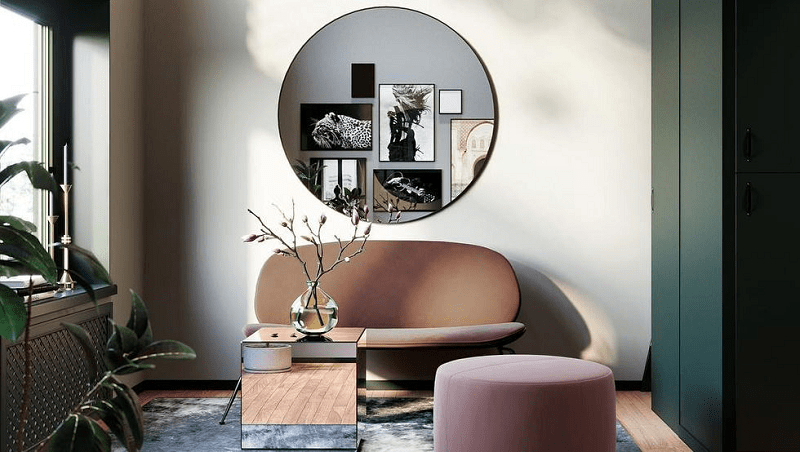
The living room is often the central gathering space in a home, making it essential to create a captivating focal point. A popular choice for the living room is to showcase a fireplace as the focal point. Position the seating arrangement around the fireplace, emphasizing its warmth and charm.
To enhance the visual impact, consider adding a mantel with carefully curated decor items or an eye-catching piece of artwork above the fireplace. This arrangement not only creates a cozy atmosphere but also draws attention to the heart of the room.
Alternatively, if your living room lacks a fireplace, you can create a focal point using a large entertainment center or a media wall. Mounting a flat-screen TV and surrounding it with stylish shelves or cabinets instantly commands attention.
Decorate the shelves with a combination of books, decorative objects, and personal mementos to add personality and create a visually appealing display. By designing an entertainment area as the focal point, you establish a functional and visually striking centerpiece in the living room.
Creating a Focal Point in the Family Room
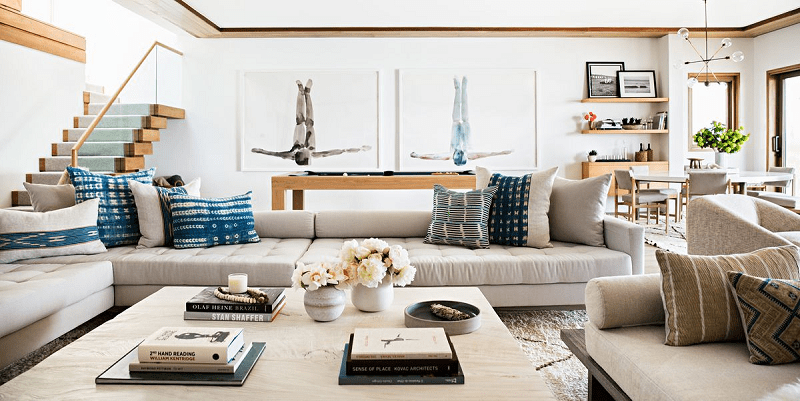
The family room is a space where relaxation and quality time with loved ones take center stage. A popular choice for creating a focal point in the family room is a large, comfortable sofa. Place the sofa in a central position facing the room’s main entry point or a stunning outdoor view, if available. Enhance the focal area by adding decorative throw pillows and a cozy blanket, creating an inviting and comfortable seating arrangement.
To elevate the focal point further, consider incorporating a coffee table with a unique design or an eye-catching rug underneath the seating area. A stylish and well-curated coffee table can serve as a conversation starter while anchoring the focal point. Additionally, a captivating rug with bold patterns or vibrant colors can add visual interest and delineate the seating area, drawing attention to the focal point in the family room.
Creating a Focal Point in the Bedroom
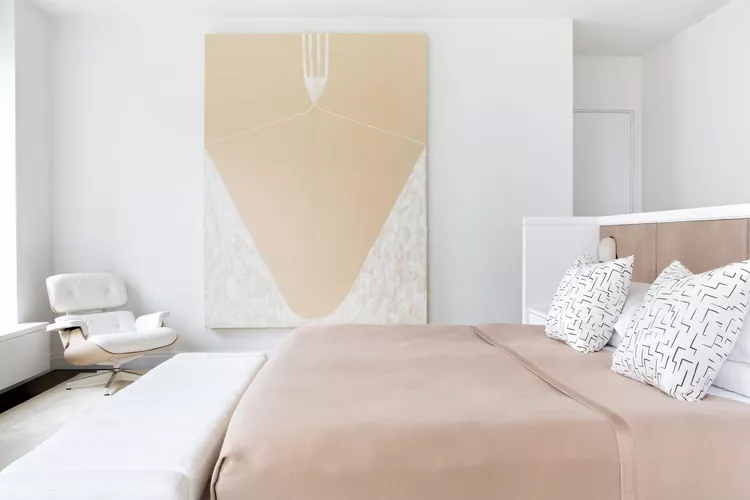
In the bedroom, the focal point often revolves around the bed, as it is the main element in the room. To create a compelling focal point, position the bed against a visually appealing wall, such as one painted in a contrasting color or adorned with wallpaper.
Consider selecting a headboard that stands out and complements the room’s design theme. A tall, tufted headboard, a sleek and modern design, or an intricately carved wooden headboard can all become the central focus.
To enhance the focal area, adorn the wall above the bed with artwork or a large statement mirror. Artwork can reflect your personal style, whether it’s a serene landscape painting, an abstract piece, or a collection of framed photographs.
A statement mirror not only adds a touch of glamour but also creates an illusion of more space and reflects light, enhancing the overall ambiance of the room.
Creating a Focal Point in the Foyer
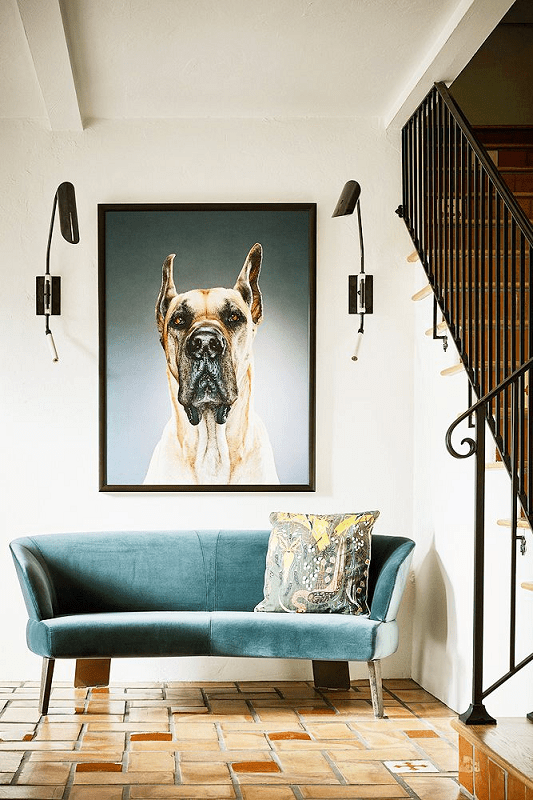
The foyer is the first space visitors encounter when entering your home, making it an ideal area to create a memorable first impression. One popular approach is to focus on the stairway.
If your home has a staircase, emphasize it by painting the risers in a bold color or adding a stylish runner. Install eye-catching lighting fixtures, such as a chandelier or pendant lights, above the staircase to draw attention upward.
Another way to create a focal point in the foyer is by incorporating a striking console table. Choose a table with a unique design, interesting textures, or a standout color that complements the overall decor scheme.
Decorate the table with a curated collection of decorative items, such as a vase with fresh flowers, sculptural objects, or an art piece. This arrangement not only establishes a visual focal point but also provides a functional surface for keys, mail, or decorative accents.
Creating a Focal Point in the Kitchen
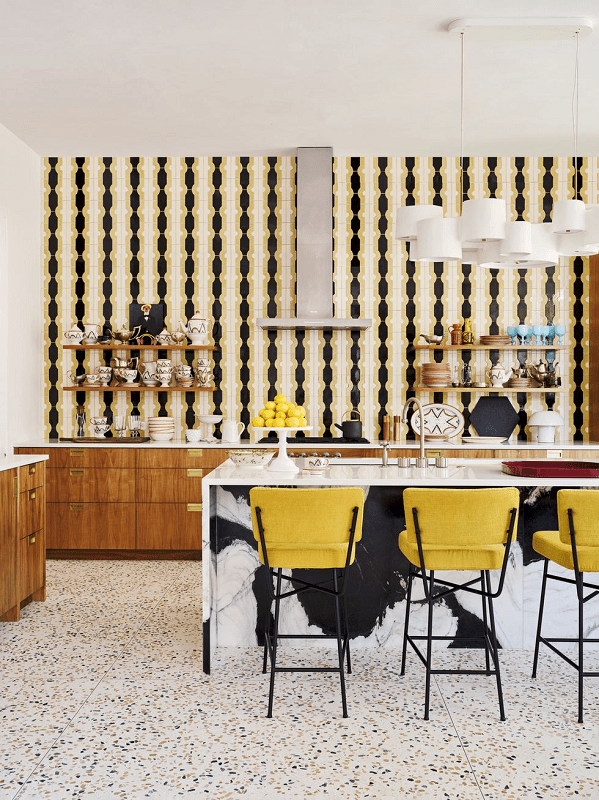
While the kitchen is primarily a functional space, it can still benefit from a well-designed focal point. One effective way to create a focal point in the kitchen is by installing a statement backsplash. Choose a backsplash material that stands out, such as mosaic tiles, bold patterns, or textured surfaces.
The backsplash can extend from the countertop to the ceiling or cover a specific area, like the space behind the stove or sink. This focal point adds personality and visual interest to the kitchen.
Another option is to create a focal point around the kitchen island. If your kitchen features an island, consider selecting a unique countertop material or adding decorative pendant lights above it.
The island can serve as a gathering place for family and friends, and by accentuating it, you create a visually captivating centerpiece in the kitchen. Enhance the focal point with bar stools or chairs that complement the island’s design and color scheme.
Mistakes to Avoid When Creating a Focal Point
Creating a focal point in a room can be an exciting endeavor, but it’s important to be aware of certain mistakes that can diminish its impact. Here are some key pitfalls to avoid when designing your focal point:
- Overcrowding the focal point area with too many accessories or decor items.
- Neglecting proper lighting that highlights the focal point and creates the desired ambiance.
- Creating conflicting focal points within a single room, leading to visual chaos.
- Ignoring scale and proportion by selecting a focal point that is either too large or too small for the space.
- Neglecting to consider the overall theme and style of the room, resulting in a disconnected and disjointed focal point.
By avoiding these common mistakes, you can ensure that your focal point stands out as the captivating centerpiece of the room. Remember to strike a balance, consider lighting, maintain harmony with the overall design, and pay attention to scale and proportion. With careful attention to these details, your focal point will become a focal feature that truly transforms and enhances the room’s aesthetic.
Most Popular Post:
10 Surprising Benefits of Printable Wall Art
15 Must-Have Accessories For Styling A Coffee Table
How to Choose the Perfect Interior Color Scheme for Your Home
Expert Guide On How To Buy A Rug For Each Room
In conclusion, creating a focal point in a room is an art that can transform the entire space. By understanding the concept, choosing the right location, incorporating colors and patterns, considering furniture placement, accentuating with lighting, incorporating art and decor, embracing nature, utilizing mirrors and reflective surfaces, highlighting architectural elements, balancing multiple focal points, opting for budget-friendly DIY ideas, maintaining simplicity, and embracing change, you can design a room that captures attention and leaves a lasting impression.
FAQs
- How do I choose the right focal point for a room?
- Consider the room’s purpose, layout, and existing features to identify areas that naturally draw attention or can be enhanced.
- Can a focal point be created in a small room?
- Absolutely! In a small room, focus on a single wall, a piece of furniture, or a captivating artwork to create a striking focal point.
- Should the focal point be in the center of the room?
- Not necessarily. The focal point should be strategically placed to maximize visual impact, even if it’s not at the room’s center.
- How can lighting enhance a focal point?
- By using well-placed lighting fixtures, you can highlight the focal point, add depth, and create a captivating ambiance.
- Is it possible to have multiple focal points in one room?
- Yes, but it’s essential to establish a hierarchy and ensure that the multiple focal points complement each other and create a harmonious design.
CATCH THE LATEST IN HOME DECOR TRENDS:

Steal These 15 Expert-Approved Decorating Secrets

How To Accessories Your Living Room

Small Space? 10 Ways To Make A Room Appear Bigger

Make Your space Look Expensive
GET CAUGHT UP ON ALL THE INSPIRING DECOR TIPS:

18 Fresh Decorating Ideas To Update Your Fireplace

How To Create An Art Gallery Wall

